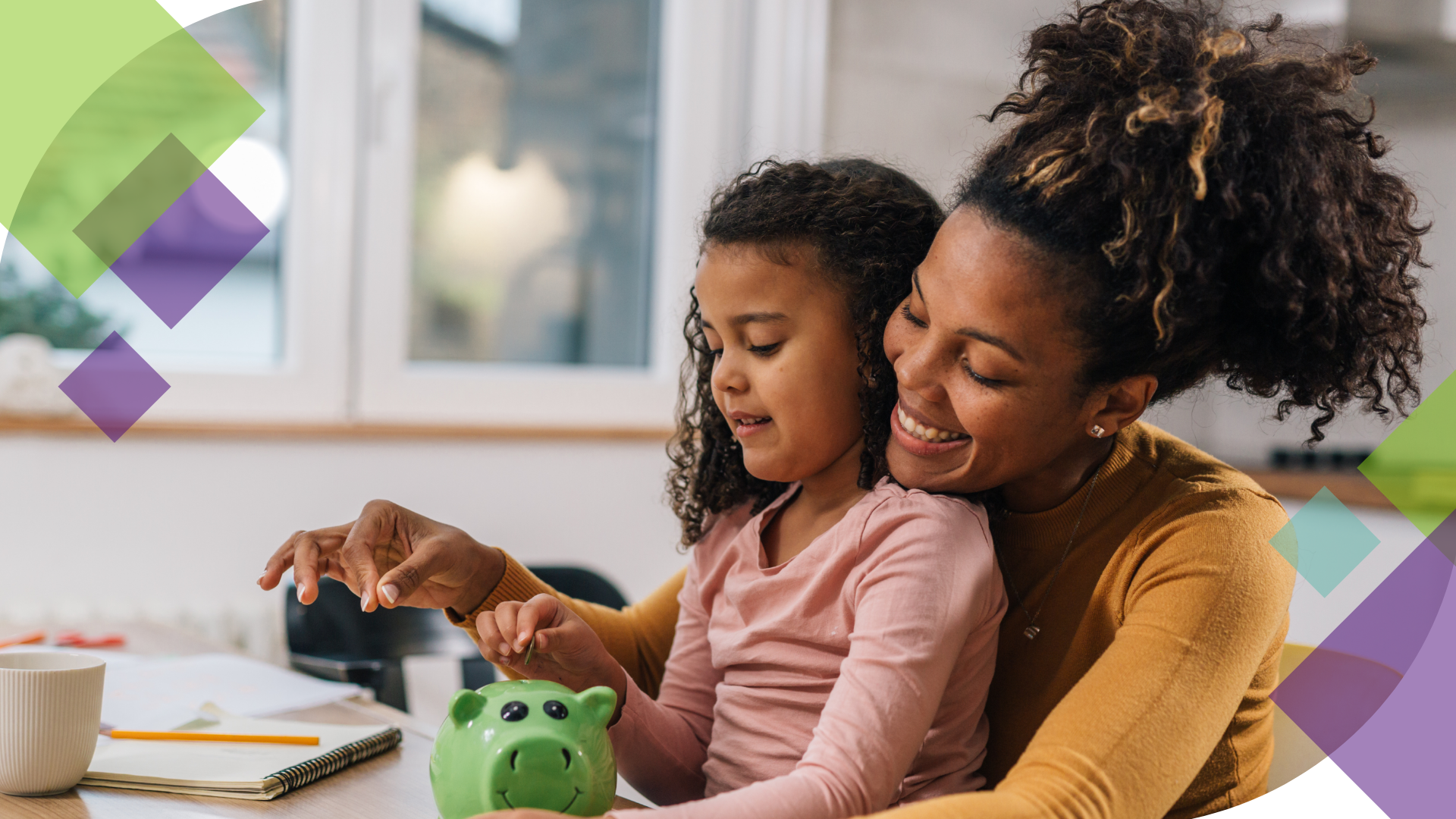FINANCIAL LITERACY

Raising Money-Smart Kids in a Digital World: Progress, Gaps, and the Power of Starting Early
By Jamie Bosse, CFP®, RFC, CCFC
Financial literacy is finally getting the attention it deserves—and that’s something worth celebrating. In the past few years, momentum has been building as more states recognize the importance of teaching kids how to handle money before they step into adulthood. In fact, as of 2025, 27 states have adopted or are in the process of implementing financial literacy graduation requirements for high school students. Many of the other states are adding financial content to existing courses, helping students learn foundational concepts like budgeting, saving, and managing credit.
At the same time, we’re seeing a rise in tools and apps designed to help kids interact with money in real ways. Banks and fintech companies are creating kid- and teen-friendly accounts that allow for monitored spending, goal-based saving, and even early lessons in investing. Apps like Greenlight, GoHenry, and MyFirstNestEgg provide real-time financial training wheels, giving kids a chance to practice using money under their parents’ watchful eyes.
All of this is GREAT news. But it’s not the full picture.
Why High School Isn’t Early Enough
The truth is, by the time kids take a personal finance class in high school, many of their beliefs about money are already well formed. Research shows money habits begin to take shape as early as age 7. That means if we wait until junior or senior year to teach financial concepts, we’re playing catch-up with deeply rooted behaviors and biases.
We need to start sooner, so we need to support the people best positioned to start that education: PARENTS.
But there’s a catch. Many parents feel ill-equipped to teach their kids about money. According to a T. Rowe Price study, nearly two-thirds of parents feel reluctant to talk to their children about finances. And with today’s increasingly cashless society, the task is harder than ever. When kids only see transactions happening with the tap of a card or a click on a phone, money can feel like magic—and not in a good way.
Digital Dollars, Real Conversations
To help kids understand money, we need to make it visible and tangible again. That means being intentional about how we introduce and talk about it—starting in preschool and continuing through adolescence. Here’s what that can look like at each stage:
Ages 3–5: Basic Building Blocks
- Money is used to buy things. Talk about things that cost money and the different forms of money that can be used to pay for them.
- Money is earned. Talk about your job and other ways people make money.
- You might have to WAIT to buy something you want. Practice delayed gratification with small savings goals.
Ages 6–10: Choices and Trade-Offs
- Needs vs. wants. Make lists together and categorize.
- Spending means making choices. Give a small allowance and let them practice deciding how to spend it.
- Comparison shopping. Look at prices together online or in-store.
Ages 11–13: Goals and Growth
- Save a dime for every dollar earned. Teach the 10% savings habit.
- Credit = borrowed money. Explain the reality behind the swipe.
- Compound interest. Show how saving early can make money grow over time.
Ages 14–18: Real-World Readiness
- Credit card caution. Teach the cost of carrying a balance. If you don’t pay the balance off each month, you’ll end up paying more money than the items actually cost.
- Understanding taxes. Talk about how taxes fund public services. We all chip in to be able to use and enjoy them.
- Emergency funds. Share personal examples to emphasize the need.
- Introduction to investing. Consider setting up a custodial Roth IRA for earned income.
- Autonomy. Let them make their own decisions on spending money. Take the amount you would normally spend on them for the month on shopping and entertainment, and let them manage it.
Help Parents Help Their Kids
Schools play an important role in shaping financially capable adults but they can’t do it alone, especially when digital tools are outpacing traditional instruction. Parents need guidance, tools, and encouragement to bring financial literacy into their daily routines.
Some simple strategies:
- Use everyday moments. Grocery store decisions, online shopping carts, or planning a vacation budget all offer teachable moments.
- Allow real money practice. Set up allowances or kid-friendly accounts that let them earn, spend, save, and even make mistakes.
- Talk out loud. Narrate your own thought process: “I’m choosing this because it’s on sale,” or “I’m not going to spend money on clothing today because I’m saving money for our family vacation.”
The Goal: Confidence and Competence
The earlier kids get hands-on with money, the more confident and capable they’ll feel. Kids who grow up with a good education around money and healthy habits will grow into adults who are less likely to get stuck in a dangerous debt cycle, are better prepared for emergencies, and have the surplus to give to charity and support their communities.
Let’s keep celebrating the progress happening in schools—but let’s not forget that true financial literacy begins long before high school. It begins at home, with conversations, examples, and opportunities to learn in real time. Because when it comes to money, what’s caught is just as important as what’s taught.
Jamie Bosse, CFP®, RFC, CCFC, is a Senior Advisor at CGN Advisors. Jamie’s books and resources on financial literacy for kids are available at: https://www.miltonthemoneysavvypup.com/ and https://www.miltonthemoneysavvypup.com/free-resources.
image credit: Adobe Stock Images